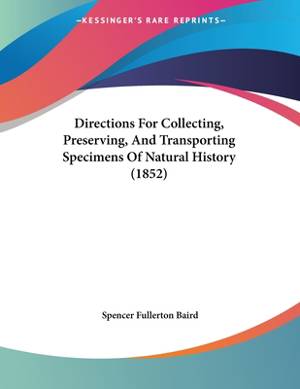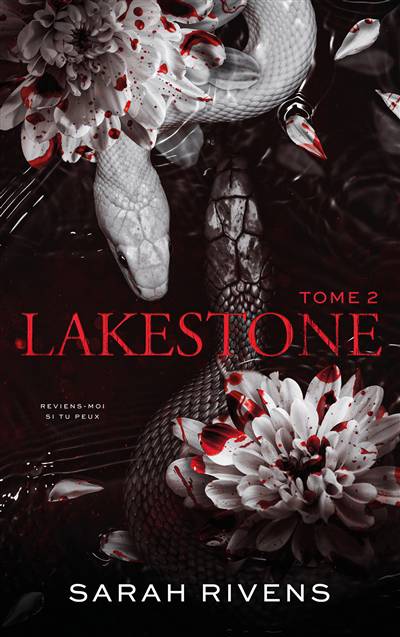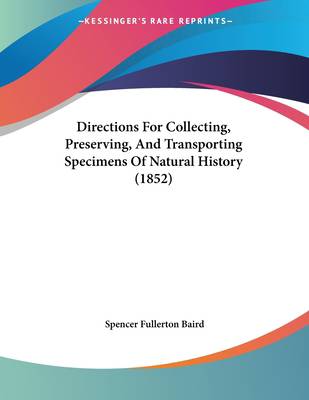
- Retrait gratuit dans votre magasin Club
- 7.000.000 titres dans notre catalogue
- Payer en toute sécurité
- Toujours un magasin près de chez vous
- Retrait gratuit dans votre magasin Club
- 7.000.0000 titres dans notre catalogue
- Payer en toute sécurité
- Toujours un magasin près de chez vous
Directions For Collecting, Preserving, And Transporting Specimens Of Natural History (1852)
Spencer Fullerton Baird
Livre broché | Anglais
29,95 €
+ 59 points
Description
Directions for Collecting, Preserving, and Transporting Specimens of Natural History is a comprehensive guidebook written by Spencer Fullerton Baird in 1852. The book provides detailed instructions on how to collect, preserve, and transport various specimens of natural history, including plants, animals, minerals, and fossils. The author, who was a renowned American naturalist and scientist, aimed to provide practical guidance for amateur collectors and scientists alike.The book is divided into several sections, each of which covers a different type of specimen. The first section focuses on plants, with detailed instructions on how to collect and preserve specimens, as well as how to create herbariums. The second section covers insects, with information on how to catch and preserve them, as well as how to mount them for display. The third section covers birds, with advice on how to prepare and preserve skins, skeletons, and eggs. The fourth section covers mammals, with instructions on how to prepare and preserve skins, skulls, and skeletons.In addition to providing practical guidance, the book also includes information on the scientific classification of different specimens, as well as historical and cultural information about the specimens. The book is illustrated with numerous detailed drawings and diagrams, which help to clarify the instructions and make the book more accessible to readers.Overall, Directions for Collecting, Preserving, and Transporting Specimens of Natural History is a valuable resource for anyone interested in natural history, whether as a hobby or a profession. Its clear and detailed instructions, combined with its wealth of scientific and cultural information, make it an essential reference book for collectors and scientists alike.This scarce antiquarian book is a facsimile reprint of the old original and may contain some imperfections such as library marks and notations. Because we believe this work is culturally important, we have made it available as part of our commitment for protecting, preserving, and promoting the world's literature in affordable, high quality, modern editions, that are true to their original work.
Spécifications
Parties prenantes
- Auteur(s) :
- Editeur:
Contenu
- Nombre de pages :
- 28
- Langue:
- Anglais
Caractéristiques
- EAN:
- 9781120610843
- Date de parution :
- 21-11-09
- Format:
- Livre broché
- Format numérique:
- Trade paperback (VS)
- Dimensions :
- 216 mm x 279 mm
- Poids :
- 117 g

Les avis
Nous publions uniquement les avis qui respectent les conditions requises. Consultez nos conditions pour les avis.






